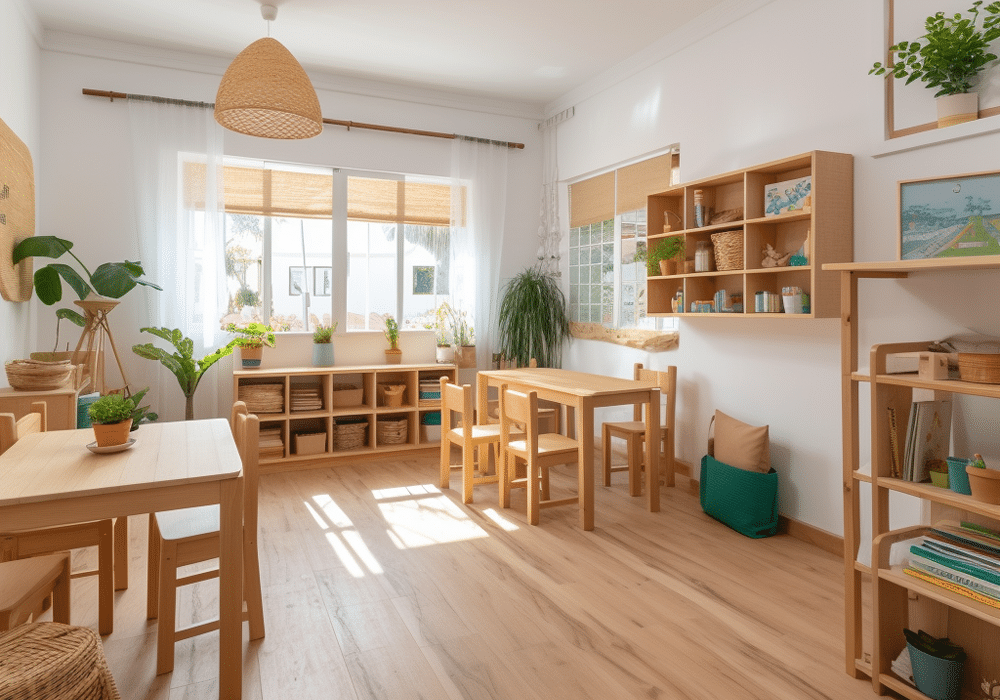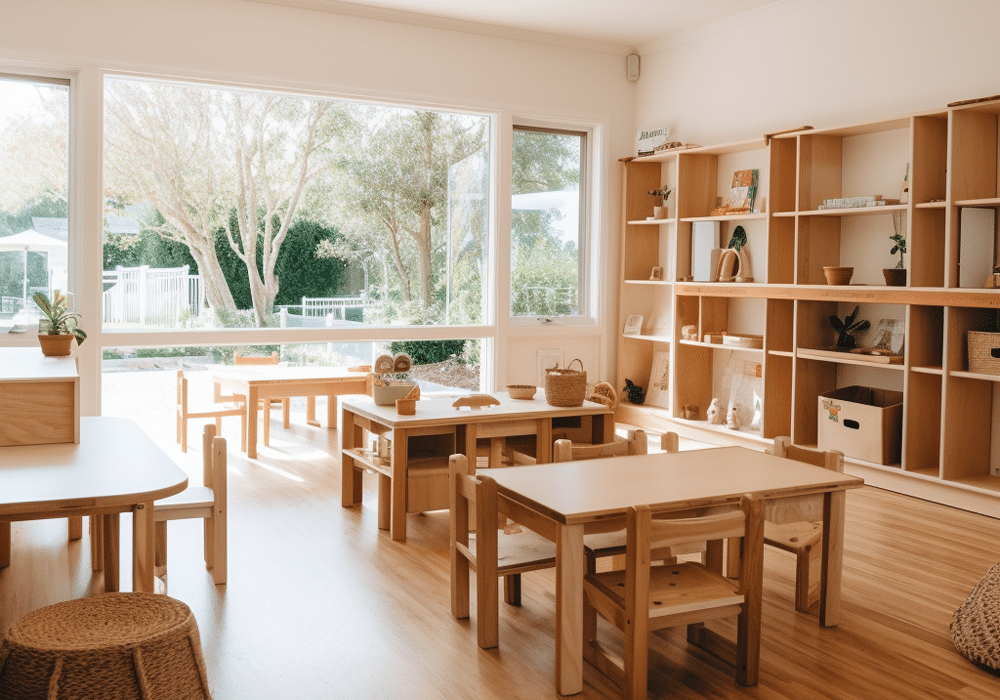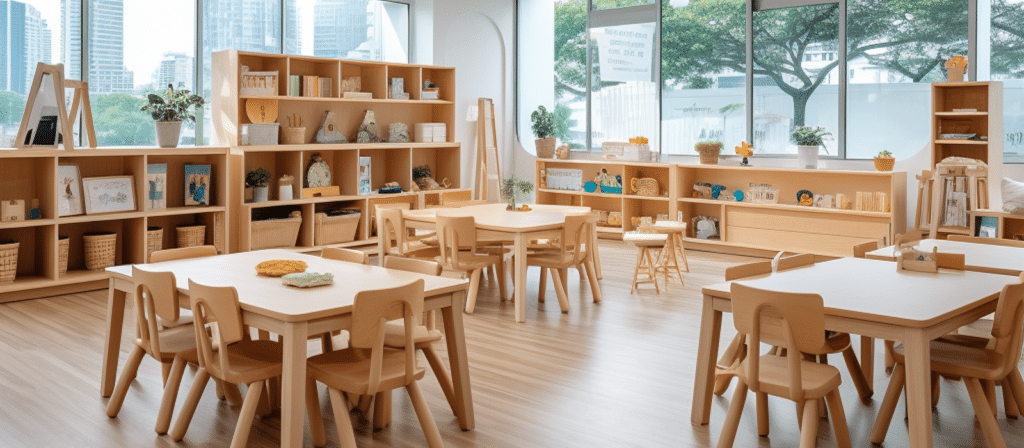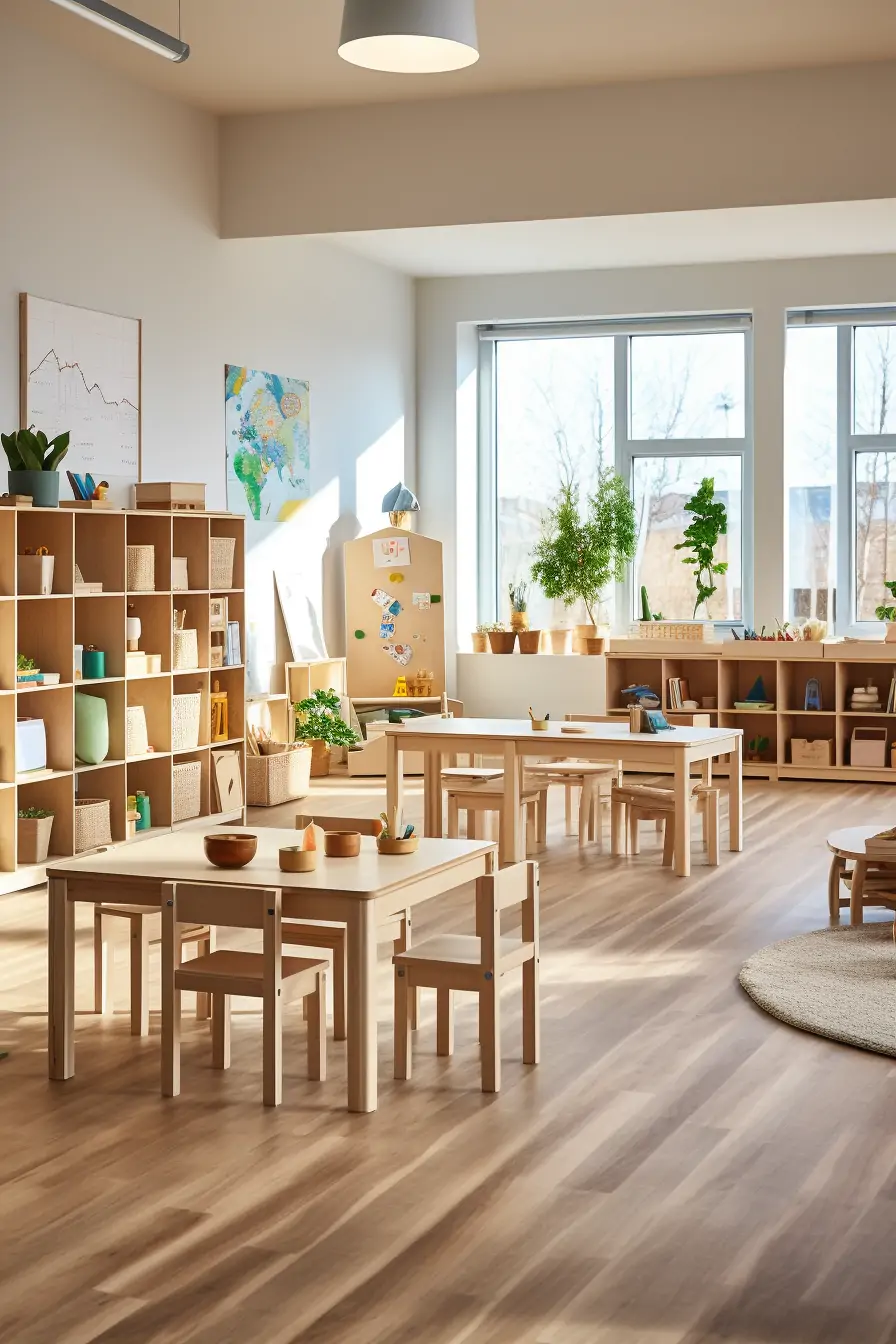When it comes to creating an effective and engaging preschool environment, furniture arrangement plays a crucial role. But what are the four essential rules for arranging furniture in a preschool setting? Let’s dive in to discover how thoughtful furniture placement can enhance the learning experience for our little ones.
The four rules in preschool furniture arrangement are a set of guidelines that help create an environment tailored to the unique needs of young learners. They involve careful consideration of space, accessibility, safety, and functionality. By following these rules, educators and parents can optimize learning spaces for children.
Rule 1: Safety First
When it comes to preschool furniture arrangement, safety should always be the top priority. It is essential to ensure that all furniture pieces are securely anchored to the floor or wall to prevent tipping or toppling accidents. Additionally, sharp corners should be covered with protective padding to minimize the risk of injuries. By adhering to safety guidelines, we can create a safe and secure environment for our little ones to explore and learn.

Rule 2: Comfort Matters
Comfortable seating and work areas are essential for preschoolers, as they spend a significant amount of time sitting and engaging in various activities. Soft, supportive cushions or chairs with appropriate backrests should be provided to ensure proper posture and comfort. Ergonomic furniture designed specifically for young children can help prevent discomfort and promote healthy sitting habits. By prioritizing comfort, we can enhance the overall learning experience for our preschoolers.
Rule 3: Flexibility and Adaptability
Preschool classrooms are dynamic spaces that need to accommodate various activities throughout the day. Furniture arrangements should be flexible and adaptable to cater to different learning styles and group sizes. Mobile furniture, such as adjustable tables and chairs on wheels, allows for easy reconfiguration and promotes collaborative learning. By incorporating versatile furniture options, we can create a flexible learning environment that fosters creativity and engagement.
Rule 4: Organized and Defined Zones
To optimize learning and minimize distractions, it is important to create organized and defined zones within the preschool classroom. Each area should have a specific purpose, such as a reading corner, art station, or sensory play area. By clearly delineating these zones through furniture arrangement, children can easily identify and transition between different activities. This promotes a sense of structure and routine, enhancing their overall learning experience.

By following these four rules in preschool furniture arrangement, we can create an environment that supports the developmental needs of young children. Safety, comfort, flexibility, and organization are all key factors in promoting a positive and engaging learning experience. As the CEO of Beechair, I am committed to providing high-quality preschool furniture that adheres to these principles, ensuring the best possible learning environment for our little ones.
Conclusion
Arranging furniture in a preschool classroom is not just about aesthetics; it has a significant impact on the learning experience of young children. By prioritizing safety, comfort, flexibility, and organization, we can create an environment that promotes exploration, creativity, and engagement. As the CEO of Beechair, I strive to provide preschool furniture that meets these requirements, ensuring that our little learners have the best possible environment to thrive in.










